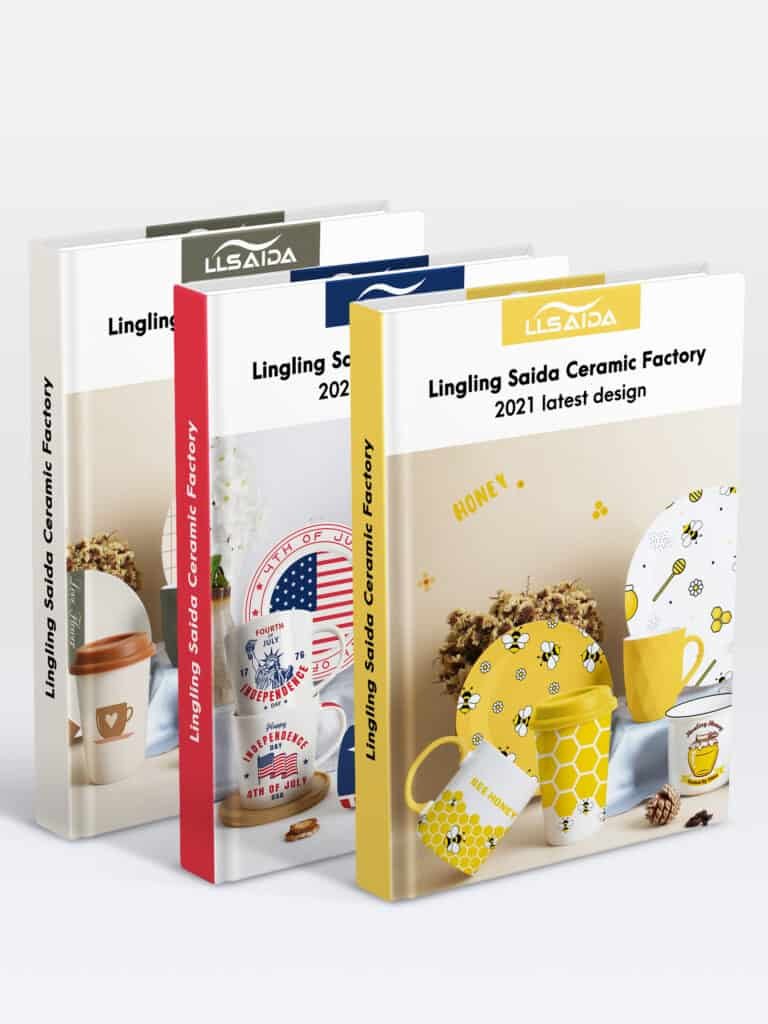A ceramic mug is a cup made of ceramics and used for drinking wine, water, tea, etc. The so-called “ceramic” is a form of clay made of clay or other inorganic non-metallic materials, processed by molding, sintering and other processes to decorate and protect the walls and floors of buildings. After drying, it is heated to a certain degree to harden it and no longer dissolve in water.
The main ingredients of ceramic mugs:
Including kaolin, clay, porcelain stone, porcelain clay, colorant, blue and white material, lime glaze, lime alkali glaze, etc.
Specific production steps:
- Sculpture products based on artwork
- Use plaster to make bulk mold after splitting (make sample mold)
- Mold drying
- Clay mud, make adobe, (through high pressure, rolling or grouting) shaping
- Blank trimming (connection, punching; trimming; scraping line; blank washing)
- Apply glaze after drying the green body
- Glaze firing
- Into ceramic cup products
- Painted or decals
- Baked flowers make perfect products

Precautions:
Sculpture the product prototype according to the artwork: due to the different shrinkage rate of each kind of soil due to the firing temperature, the sculptured product prototype is larger than the final product.
- The shrinkage rate of high temperature products is; 1.16-1.17 (the firing temperature is about 1350)
- The shrinkage rate of the medium temperature product is: 1.15 (the firing temperature is about 1250)
- The shrinkage rate of dolomite is about 1.05 (the firing temperature is about 1050)




